Transforming the world food system to achieve sustainability in all its dimensions is a major challenge. Achieving the Sustainable Development Goals will require managing major changes to the global food system responsibly, involving hundreds of millions of farmers and their families, global supply chains, thousands of food producing companies, diverse food production systems and local ecologies, food processing and a great diversity of food traditions and cultures.
Companies increasingly recognize their responsibility to make significant changes to align their corporate activity with the SDGs, but many existing sustainability frameworks are not fit for purpose.
For years, the lack of consensus on the key principles defining an “SDG-aligned” or “sustainable” business has created confusion and enabled greenwashing. Existing frameworks and ESG indexes have generally overlooked or neglected certain aspects of business activities that are critical to understanding the overall impacts of companies on the SDGs. For instance, existing frameworks generally do not cover:
- Impacts resulting from product use and marketing;
- Impacts of companies’ tax practices and policymaking influence activities, including lobbying; and
- Impacts of litigation activities, including on human rights defenders and whistleblowers, among others.
The Four Pillar Framework and 21 standards address these gaps, defining what SDG-alignment looks like across issue areas and business activities, using a due diligence approach adapted from the UN Guiding Principles for Business and Human Rights.
The Four Pillar Framework & its Standards
Food companies increasingly recognize the magnitude of the food systems crisis and the need for their active participation to be part of the solution. We have developed a framework to help companies understand their roles in this transformation, to adjust their internal policies and practices, and to report on their actions.
The Framework helps food processing companies, investors, and other stakeholders understand how the food sector can and should align with the SDGs. While geared toward the food sector, many of the standards are relevant and adaptable to other sectors, as well.
The Framework is based on four pillars:
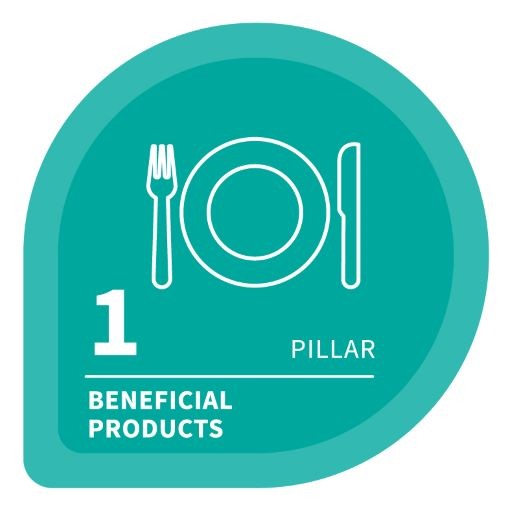
Pillar 1 – Beneficial Products How are food companies’ products and strategies driving healthier and more sustainable dietary patterns among consumers and communities ? Are their food products healthy? Does their marketing promote health? Is the use of their products conducive to wellbeing? Is their production supportive of food security for producing communities?
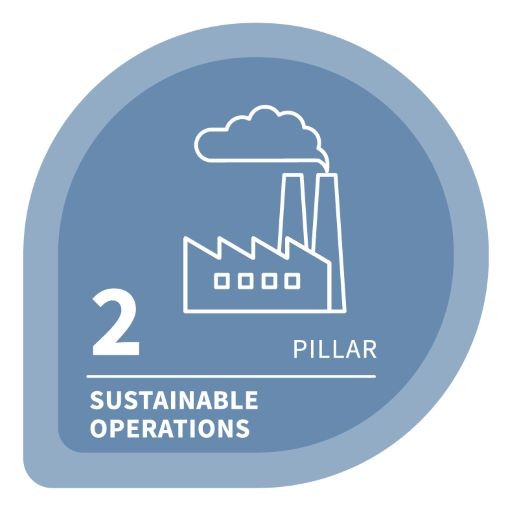
Pillar 2 – Sustainable Operations What are the environmental and social impacts of food companies’ own operations? How do they prevent, mitigate and remedy impacts on the lives and local environment of workers, communities and ecosystems?
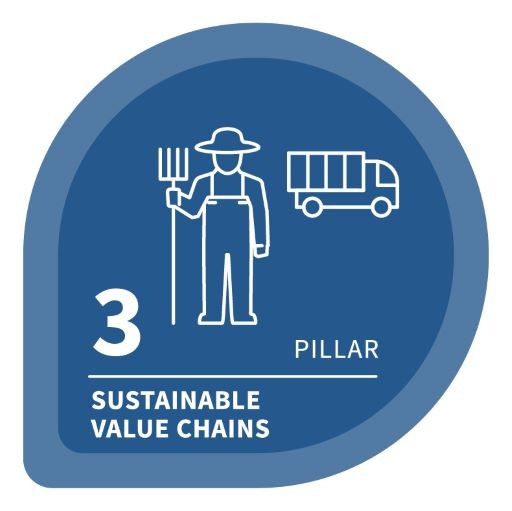
Pillar 3 – Sustainable Value Chains Are food companies driving sustainable development for workers, producers and communities up and down their value chains and in the ecosystems where they and their business partners operate? How do they prevent and mitigate impacts in their value chains by changing their own business practices and leveraging their influence with their suppliers, producers, clients and other business relationships? How might they collaborate with peer companies, governments and others to promote, incentivize and ensure more rights-respecting and environmentally sustainable practices?
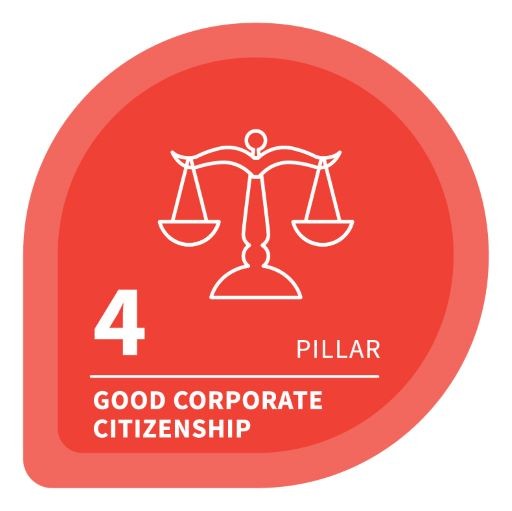
Pillar 4 – Good Corporate Citizenship How are companies governed? What impact are companies having on societies as a result of how they engage with the legal systems and rules that govern corporations? Are company strategies contributing to or diminishing social goods and societal wellbeing? Are they supporting or undermining the crafting and effective deployment of law and policy that advances sustainable development?
Handbook for SDG-Aligned Food Companies
Our new handbook sets out 21 standards – each offering a set of practical and measurable steps that companies can use to align their strategies and practices with the SDGs.
Pillar 1: Beneficial Products
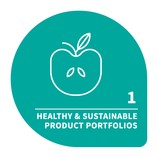
1. Healthy & Sustainable Product Portfolios: Ensure the food products sold by the company contribute to healthy and sustainable diets. (PDF of the standard from the Handbook)
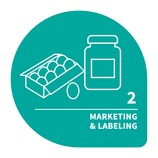
2. Marketing & Labeling: Employ responsible, equitable and honest marketing and labeling practices that allow consumers to easily make informed choices and do not exploit vulnerable populations. (PDF of the standard from the Handbook)
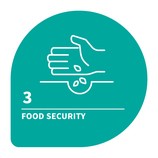
3. Food Security: Facilitate access to affordable, safe, and nutritious foods. Prevent and eliminate threats to food security across the company’s value chain and ecosystems. (PDF of the standard from the Handbook)
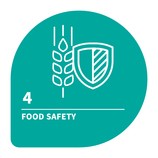
4. Food Safety: Prevent and eliminate food safety hazards in the company's operations and value chain to ensure safe food for consumers and prevent harms to broader ecosystems. (PDF of the standard from the Handbook)
Pillars 2 & 3: Sustainable Operations & Value Chains

5. Agrochemicals & Sustainable Agriculture: Minimize agrochemical use in the value chain and support producers in transitioning to sustainable and regenerative agricultural practices that maintain productivity while protecting ecosystems and human health and preserving soil and other natural resources. (PDF of the standard from the Handbook)

6. Climate Change & Air Quality: Rapidly reduce greenhouse gas emissions, aligning to a 1.5°C world, and mitigate air pollution throughout the company’s operations and value chain. (PDF of the standard from the Handbook)
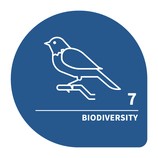
7. Biodiversity: Prevent negative impacts on biodiversity and protect, restore and promote natural ecosystems throughout the company’s operations and value chain. (PDF of the standard from the Handbook)
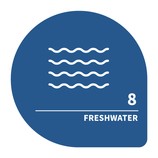
8. Freshwater: Achieve the lowest possible water footprint in the company’s operations and value chain, with a focus on areas where the water risk is high, to ensure a sustainable clean water supply for human use and natural ecosystems. (PDF of the standard from the Handbook)
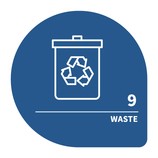
9. Waste: Minimize food loss and waste and packaging waste in the company’s operations and value chain, including at the retail and consumer levels. (PDF of the standard from the Handbook)

10. Animal Welfare: Prevent and eliminate animal rights abuses and promote good animal welfare in the company's operations and value chain. (PDF of the standard from the Handbook)
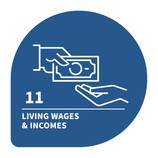
11. Living Wages & Incomes: Pay living wages to all workers and ensure workers are paid living wages and producers earn living incomes in the company’s value chain and the broader ecosystem. (PDF of the standard from the Handbook)
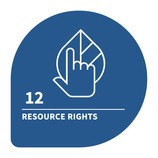
12. Resource Rights: Respect all legitimate resource and tenure rights, and support smallholder farmers and communities in retaining and defending their natural resource rights, with a particular focus on vulnerable rights holders. (PDF of the standard from the Handbook)

13. Child Labor: Prevent and eliminate child labor in the company's operations, value chain, and broader ecosystems. (PDF of the standard from the Handbook)

14. Forced Labor: Prevent and eliminate forced labor in the company's operations, value chain, and broader ecosystems. (PDF of the standard from the Handbook)
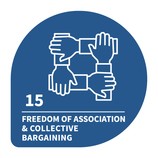
15. Freedom of Association & Collective Bargaining: Empower workers, producers, and their representatives to organize, establish and join trade unions, bargain collectively without interference, and participate in decision-making on matters that affect them. (PDF of the standard from the Handbook)
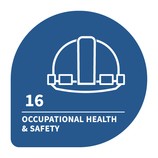
16. Occupational Health & Safety: Provide healthy and safe working environments for all workers in the company’s operations and ensure healthy and safe working environments for all workers and producers in the value chain. (PDF of the standard from the Handbook)

17. Non-Discrimination & Equality: Remove barriers to equal treatment and opportunity in the company’s operations, value chain, and broader ecosystems. (PDF of the standard from the Handbook)
Pillar 4: Good Corporate Citizenship
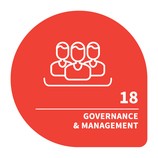
18. Governance & Management: Implement governance structures and management systems that center impacts of the company’s operations, products, and value chain on people and planet. (PDF of the standard from the Handbook)
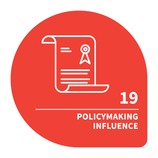
19. Policymaking Influence: Refrain from activities that increase company influence over policy-making to achieve company or industry interests at the expense of achieving the 2030 Agenda. Support government efforts to achieve the SDGs. (PDF of the standard from the Handbook)
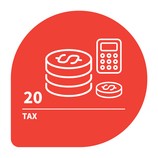
20. Tax: Eliminate the average gap between the tax paid and the statutory rate over any five-year period in each country where value is created for the company and its subsidiaries. (PDF of the standard from the Handbook)

21. Litigation: Prevent and eliminate litigation activities which limit access to justice to victims of human rights impacts and which chill public participation and speech of critical individuals or groups, including by exploiting power and resource asymmetries. (PDF of the standard from the Handbook)
Resources:
Report in English and Spanish (November 2023): Effective Shareholder Engagement to Address the Food Sector’s SDG-Related Impacts in Mexico
Report (December 2021): Handbook for SDG-Aligned Food Companies: Four Pillar Framework Standards
Infographic (December 2021): Four Pillar Framework Standards
Annual Report (September 2021): Fixing the Business of Food 2021: Aligning food company practices with the SDGs
Annual Report (2020): Fixing the Business of Food. How to Align the Agri-Food Sector with the SDGs (Executive Summary available here and two-page summary of the conceptual framework).
Annual Report (2019): Fixing the Business of Food: The Food Industry and the SDG Challenge
Blog (November 2021): Children’s Cereal Company v. Mexico & the Corporate Use of Investor-State Dispute Settlement to Influence Policymaking
Blog (September 2021): At UN Food Systems Summit, Did Business Show It Is Serious About Addressing the Crises Facing Global Food Systems?
For more on CCSI and SDSN’s work on corporate alignment with the Sustainable Development Goals, see our framework defining SDG-aligned business practices in the energy sector.

